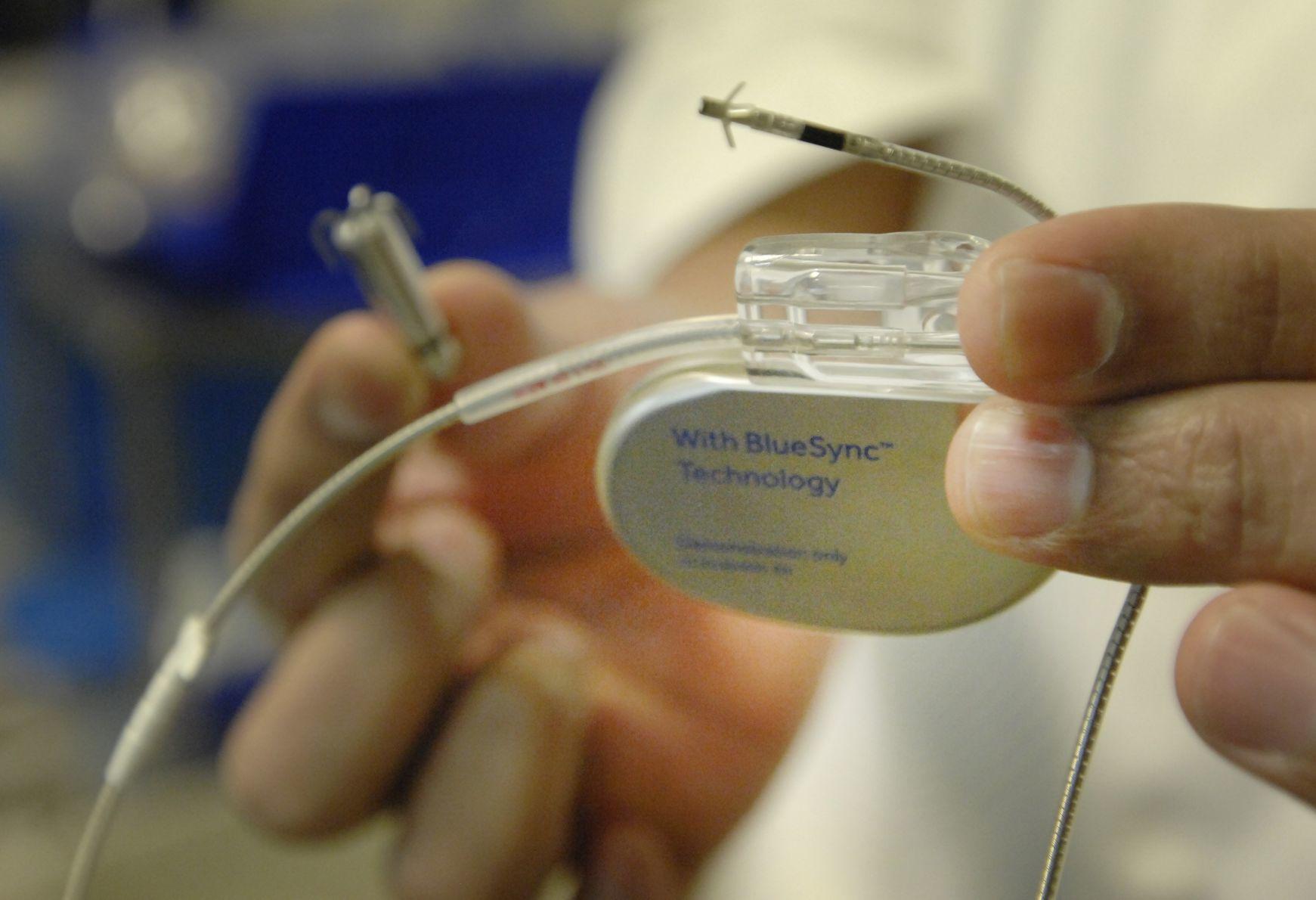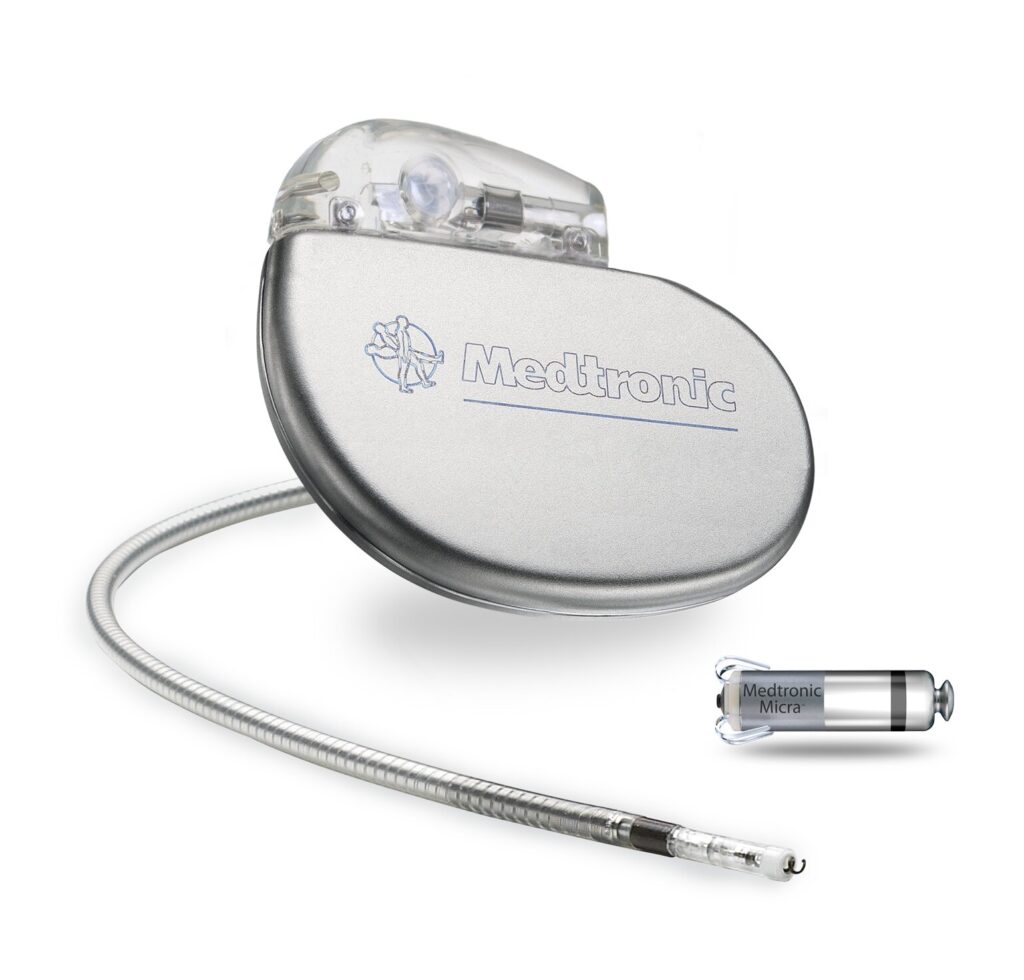In a groundbreaking advancement, engineers at Northwestern University have unveiled the world’s smallest pacemaker, a device so tiny it can be injected non-invasively via a syringe. Measuring just 1.8 millimetres in width, 3.5 millimetres in length, and 1 millimetre in thickness—smaller than a single grain of rice—this innovative pacemaker is designed to provide temporary cardiac pacing, particularly benefiting newborns with congenital heart defects.

Innovative Design and Functionality
The pacemaker operates in conjunction with a soft, flexible, wireless wearable device that attaches to the patient’s chest. This external device continuously monitors the heart’s rhythm and, upon detecting irregularities, emits pulses of infrared light. These light pulses penetrate the skin, breastbone, and muscle to activate the pacemaker, which then delivers electrical stimulation to regulate the heartbeat.
Powering this minuscule device is a galvanic cell—a simple battery that converts chemical energy into electrical energy. The pacemaker’s electrodes, made of two different metals, interact with the body’s biofluids to generate the necessary electrical current for heart stimulation. Notably, all components of the pacemaker are biocompatible and designed to dissolve harmlessly in the body after their functional lifespan, eliminating the need for surgical removal.

Addressing Critical Clinical Needs
Temporary pacemakers are often essential following cardiac surgeries, especially in paediatric cases where congenital heart defects are present. Traditional temporary pacemakers involve wires that protrude from the body and connect to external devices, posing risks such as infection, dislodgement, and tissue damage upon removal. The novel design of this rice-sized pacemaker mitigates these risks by offering a wireless, fully resorbable solution.
John A. Rogers, the bioelectronics pioneer leading the development, emphasised the significance of this innovation:
“We have developed what is, to our knowledge, the world’s smallest pacemaker. There’s a crucial need for temporary pacemakers in the context of paediatric heart surgeries, and that’s a use case where size miniaturisation is incredibly important. In terms of the device load on the body—the smaller, the better.”
Igor Efimov, an experimental cardiologist and co-leader of the study, highlighted the device’s potential impact on paediatric care:
“About 1% of children are born with congenital heart defects. The good news is that these children only need temporary pacing after surgery. In about seven days or so, most patients’ hearts will self-repair. But those seven days are absolutely critical. Now, we can place this tiny pacemaker on a child’s heart and stimulate it with a soft, gentle, wearable device. And no additional surgery is necessary to remove it.”
Future Prospects
This development represents a significant leap forward in medical technology, offering a less invasive and safer alternative for temporary cardiac pacing. While further studies and clinical trials are necessary to bring this device into widespread clinical use, its potential to improve patient outcomes, particularly in vulnerable newborns, is substantial.
For a visual overview of this innovative pacemaker, you can watch the following video:

